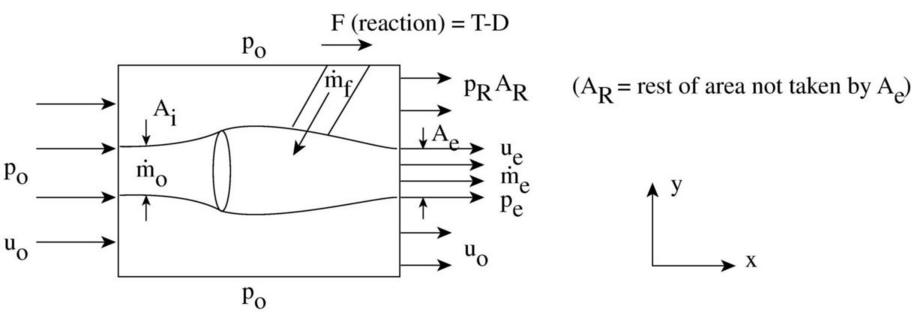Indeed, exhaust gases can be expanded beyond Mach 1, and doing so will result in higher thrust from higher propulsion efficiency. The problem is that pressurised gas is expanded by constricting the cross-section area when lower than M1, and expanding it when higher than M1.
So in order to achieve full expansion to ambient pressure $p_0$ at supersonic exhaust speed, we need a cross-section that narrows, then expands, for all flight circumstances. The figure below illustrates how this is done in supersonic fighter jets: with an ejector jet exhaust.

The primary exhaust is mounted inside a pipe, and the expanding exhaust gas sucks in a secondary flow, which dampens the primary flow expansion so that it takes place gradually. The secondary flow can be considered as the diverging part of the exhaust, and protects the actual metal exhaust from afterburner heat. In supersonic fighter jets both the primary and secondary exhausts are adjustable: pic left for subsonic speed, right for supersonic speed.

So full expansion is possible yet complicated, with the necessity of constantly varying exhaust nozzles.
Firstly – it is well known that exhaust gas velocities of aircraft can easily go supersonic, take a fighter jet for example... why is this a restriction in per say turbofan engines?
Because the turbofan's main flow is through the fan, which is only a compressor, no combustion takes place in this flow. In most circumstances the bypass flow is fully expanded at sub-sonic speeds - if it would not be the case, constructing in total four concentric regulated exhaust nozzles like in the pic above would be complicated and heavy, for very limited gain. Only above M1.5 will there be a significant thrust gain from full supersonic expansion.
Secondly – it is often emphasized in training material that you should avoid thinking of thrust as acting on / pushing on the ambient air behind the engine, as opposed to thinking in terms of Newton's 3rd law... but isn't that exactly what pressure thrust is? It's defined by pressure × the area that it is acting on...
Exactly right!



